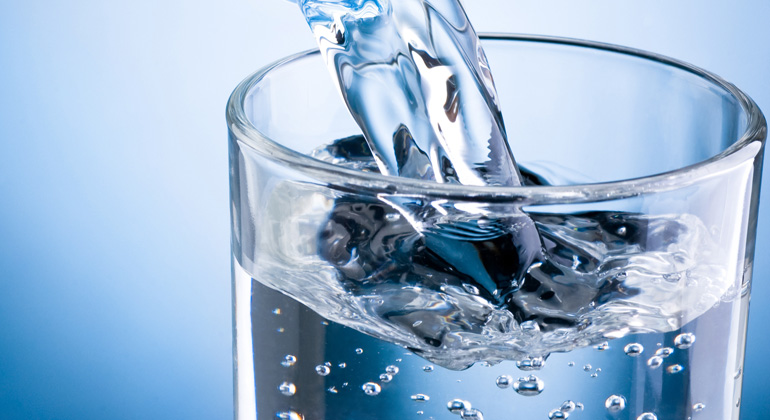Water Shortage Problem Solved With Solar Power? MIT Makes Salt Water Drinkable
Water is necessary for all forms of life, but although 71 percent of the Earth is covered by water, the majority of it is salty and inconsumable.
A team of MIT engineers believe they may have found the answer to the world’s water crisis with a design they claim can harnass the power of the sun to make salt water drinkable.
Desalination, or removing salt from water, is already a popular practice in areas prone to droughts. Unfortunately, the process is expensive and wasteful — two components that make it ineffective for third world countries, Popular Science reported.
In order to help address the problem, USAID, the U.S. Agency for International Development, set up a competition to find the most cost-effective and enviromental desalination process for developing countries. Amos Winter, an assistant professor of mechanical engineering at MIT, and Natasha Wright, a doctoral student, emerged as the winners with their solar-run electrodialysis method.
In the technique, dissolved salt, which naturally has a slight electric charge, is drawn out of the water with an electrical current. The technique also disinfects the water by shining it with a UV light, PopSci reported. “It works kind of like an electric circuit,” Wright explained to The Boston Globe. “The ions get pulled out of the water toward the electrodes.”
While electrodialysis is a well understood practice, what makes the design significant is its use of solar power. The entire machine is run by solar-charged battery panels. Most desalination techniques run on fossil-fuel, which makes them both expensive to run and detrimental for the environment. Using solar panels eliminates both of these negative attributes.
The MIT design is also far less wasteful than typical desalination processes. Reverse osmosis is the most common way to draw salt out of water, but according to Wright, this technique can waste around 40 percent of the water used. The solar-run electrodialysis discards only about five percent of the water used, The Globe reported.
The team won the first prize of $140,000 to test their method. The technique has so far been tested for its durability, an important factor for its use in poor rural areas. A machine which requires constant expensive upkeep would be out of the budget for many communities. The technique proved successful after being run for 24 hours straight at the Brackish Groundwater National Desalination Research Facility in New Mexico. As reported by PopSci, the next step is to see how the method performs in harsh environments and after constant use.
Although the technique is not yet available for practical use, if it proves effective it could be a major stepping stone in the effort to provide the world with usable water. In areas like India the population vastly supersedes the amount of safe, drinkable water. But the current drought in California has brought the problem of water shortages closer to home for some.
According to Glenn Vicevic, a product manager at General Electric’s Co.’s power and water business unit in Oakville, Canada, there’s no reason for the design to not work correctly.
“Electrodialysis technology is well understood,” Vicevic told The Globe. “If you combine that with properly sized solar cells and you have properly sized batteries, there’s no reason you couldn’t achieve it.”








